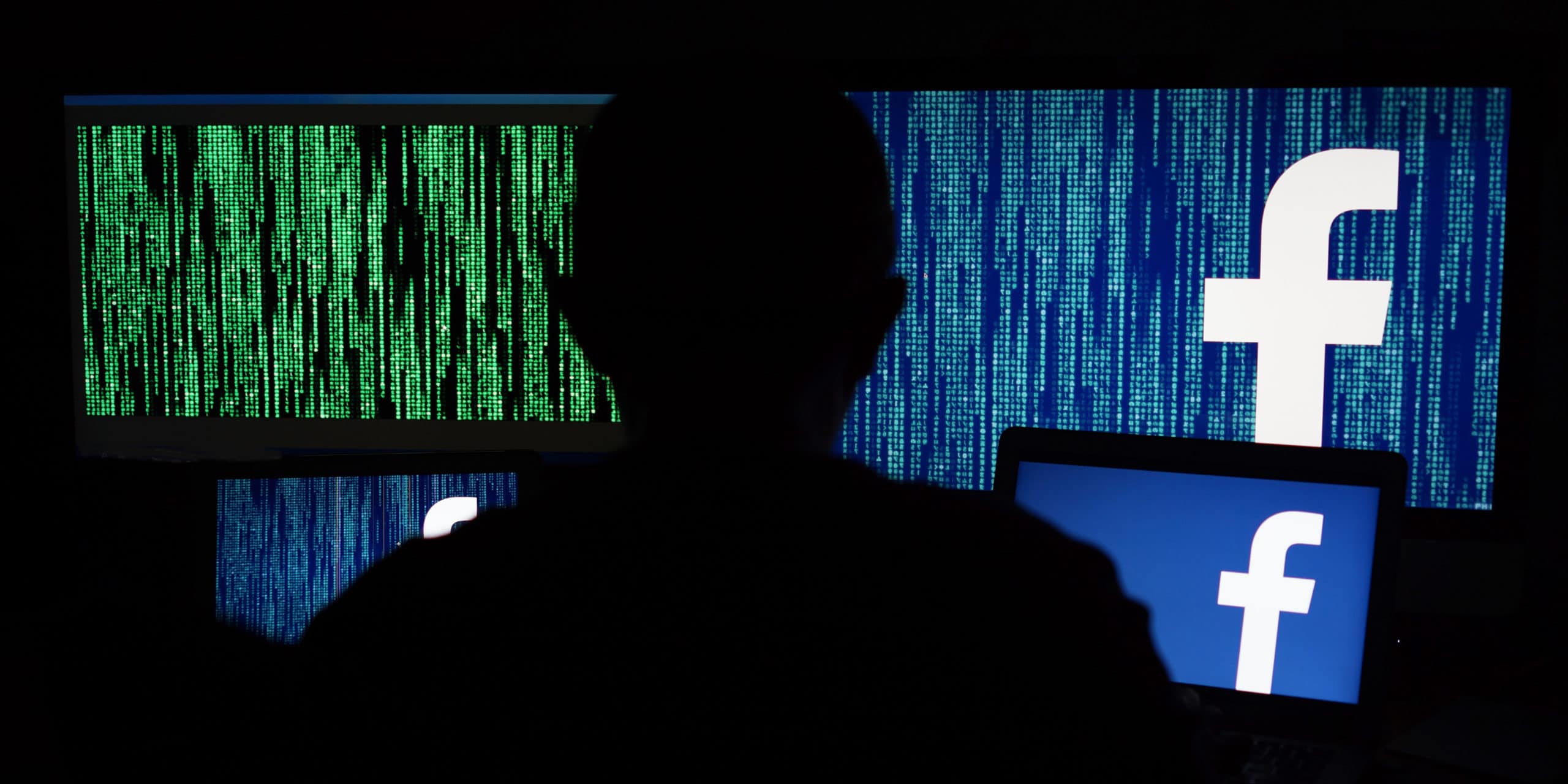Explore effective methods on how to stop hackers on Facebook. Despite new platforms, Facebook stands as the world’s largest, hosting over 2.93 billion active monthly users.
Hackers have been quick to capitalise on this huge growth market and are continually finding new ways to defraud and scam users.
By taking advantage of a more relaxed and trusting online environment, hackers can effectively hide behind fake profiles and accounts, impersonate trusted sources, and use stolen information to personalise phishing scams.
According to Lookout, around 62% of Facebook users encounter scams every week.
If hackers manage to gain access to your account, they can use it to steal your identity, spam your contact lists, send malicious posts, or use the automatic log-in feature to break into your other online accounts.
To prevent your data from falling into the wrong hands, you should be taking all the necessary steps to improve the security of your account.
Signs your Facebook account has been hacked
There are often a few giveaway signs that your account has been hacked. These include:
- Messages sent from your account without your knowledge
- Unusual posts in your timeline
- Altered personal details
- Friend requests sent to people you don’t know
- You’ve found a duplicate account with your name and photos
How to check if your Facebook account has been hacked
If you suspect your Facebook account has been hacked, there’s a simple way to check. Go to the Settings section on the Facebook site, then click on the Security and Login tab. This will tell you all the devices and locations that you’ve accessed your account from. If there are any login attempts that you don’t recognise, there’s a good chance you’ve been hacked. To flag these up as suspicious, click on the ‘Not You’ tab to the right of the information.
How to secure your Facebook account

Thankfully there are lots of ways you can secure your Facebook account to prevent it from being hacked.
- Create a strong, secure password – A strong password should be memorable for you but difficult for anyone else to guess. It should be between 10-15 characters long, a mix of uppercase and lowercase letters and include numbers or symbols.
- Use unique Facebook login details –You should always use a unique username and password so that in the unfortunate event of your Facebook account being hacked, attackers won’t have access to your other online accounts. If you have trouble remembering multiple passwords, you should consider the use of a password manager. This provides a centralised and encrypted location that will keep a record of all your passwords safe.
- Enable Two-Factor Authentication – Two-Factor Authentication is a security feature that helps protect your Facebook account. It provides an extra layer of security and means that even if someone steals or guesses your password, they won’t be able to access your account without the authenticating login code. To activate Two-Factor authentication, go to Settings> Security and Login, look for Two-Factor Authentication, then click on the Edit button.
- Adjust your privacy settings – Regularly check and adjust your privacy settings to restrict what people can and can’t see on your profile. Change your settings from Public/Everyone to Friends or Friends you Choose.
- Don’t click on suspicious links – Be wary of any posts or messages that ask you to click on a link, even if it appears to come from someone you know. These links will nearly always be created to steal sensitive information or deliver malware.
- Don’t accept friend requests from strangers – If you accept a friend request from someone you’re not familiar with, they can access all the personal details on your profile, your contact lists, as well as building a detailed picture of your online social activity. This information can then be used to commit identity fraud or to make a social engineering attack more convincing.
- Check app permissions – Permissions are used by apps to access specific data within your account. Whilst the vast majority are safe, you may have inadvertently installed a rogue app that is harvesting your data for malicious purposes. To remove any suspicious apps, go to Settings > Apps and Websites, then select what app you would like removed.
- Enable security alerts – This is a great way to find out if there have been any unauthorised login attempts on your account. To enable this, go to Settings>Security and Login >Get alerts about unrecognised logins and choose the relevant option. Facebook will then inform you if someone tries to connect to your account from a device you don’t normally use.
- Choose close friends to contact if you get locked out – It’s worth nominating a few close friends to help you retrieve your account if you get locked out. To do this, go to Settings>Security and Login>Choose friends to contact if you get locked out.
If you suspect your account has been hacked, you should immediately change your password and notify Facebook. Visit facebook.com/hacked and select the reason why you think your account has been compromised. This link can also be used to restore access to your account if you’ve been locked out as a result of a hacking attack.
You should also give your friends a heads up and let them know that your account has been compromised. This way, they’ll know to avoid clicking on any suspicious posts or links that appear to come from you.
How to Stop Hackers on Facebook: Explore Related Articles
What to Do If You Click on a Phishing Link in an Email or SMS
Recognising Phishing Scams in 2023








